Why We Choose Steel Bikes

At Bicycle Quarterly, we’ve been testing quite a few titanium and carbon bikes lately, and even a bike made from bamboo. We really liked most of these bikes. And yet our own bikes continue to be made from steel. Why don’t we ride carbon or titanium (or bamboo) bikes?

We choose steel because this material allows us to build custom bikes that are dialed in to the nth degree. High-end steel bikes have benefited from decades of research and development. They now offer a performance that is difficult to equal with other materials. With performance, I don’t just mean speed – although the best steel bikes have no trouble keeping up with ti or carbon racers – but also handling, reliability and all-weather, all-road capability.
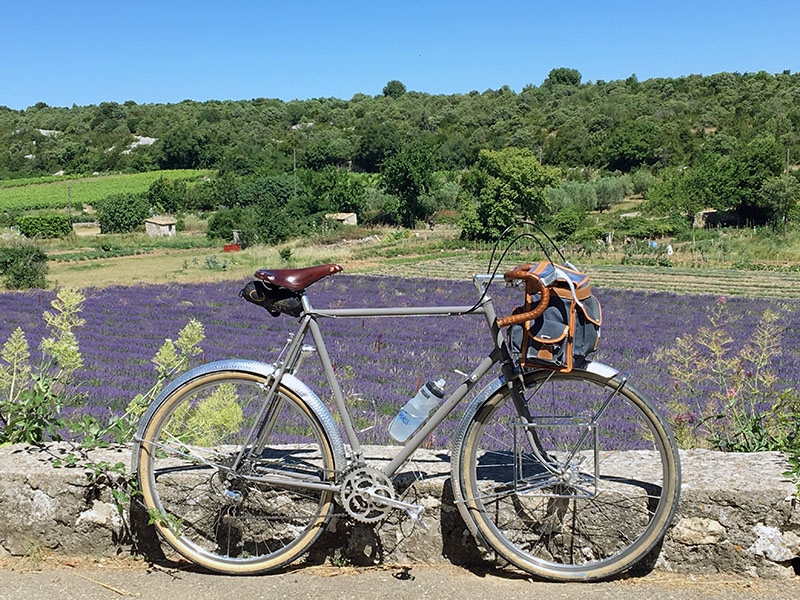
Steel tubing is available in many diameters and wall thicknesses, so it’s easy to fine-tune the ride quality and performance of our bikes. For example, my Mule (above) – intended for hauling heavier loads – has a stiffer main triangle than my René Herse (second from top), which is intended for speed first and foremost. With steel, it’s relatively easy to fine-tune the bike’s flex characteristics for optimum performance – what we call “planing”.
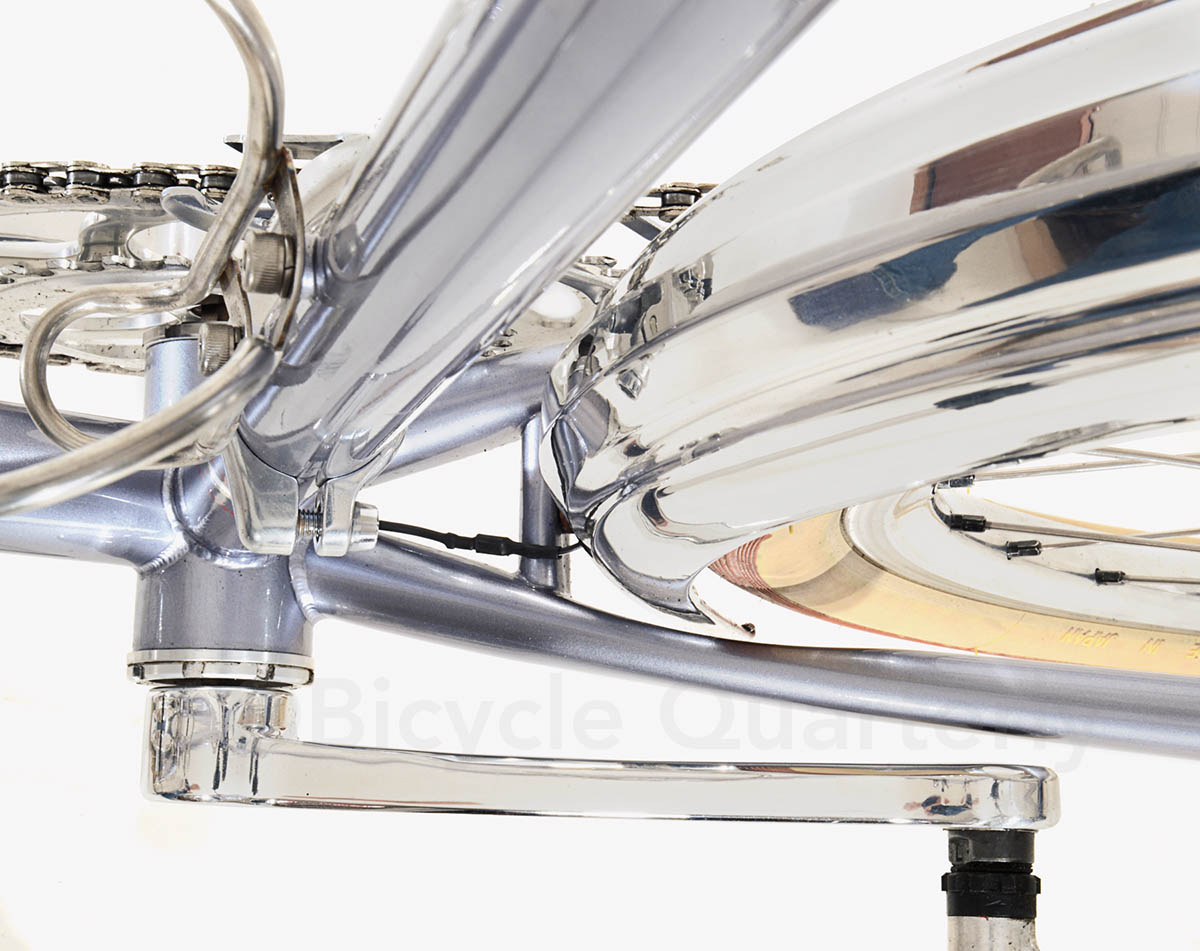
Steel is easy to shape. That means that it isn’t too difficult to bend the chainstays slightly, so they curve around wide tires. You can indent the stays to create even more clearance. And steel is stiffer for a given volume than all other materials, so slender tubes are sufficient: Steel chainstays need less of that valuable space between tire and cranks.
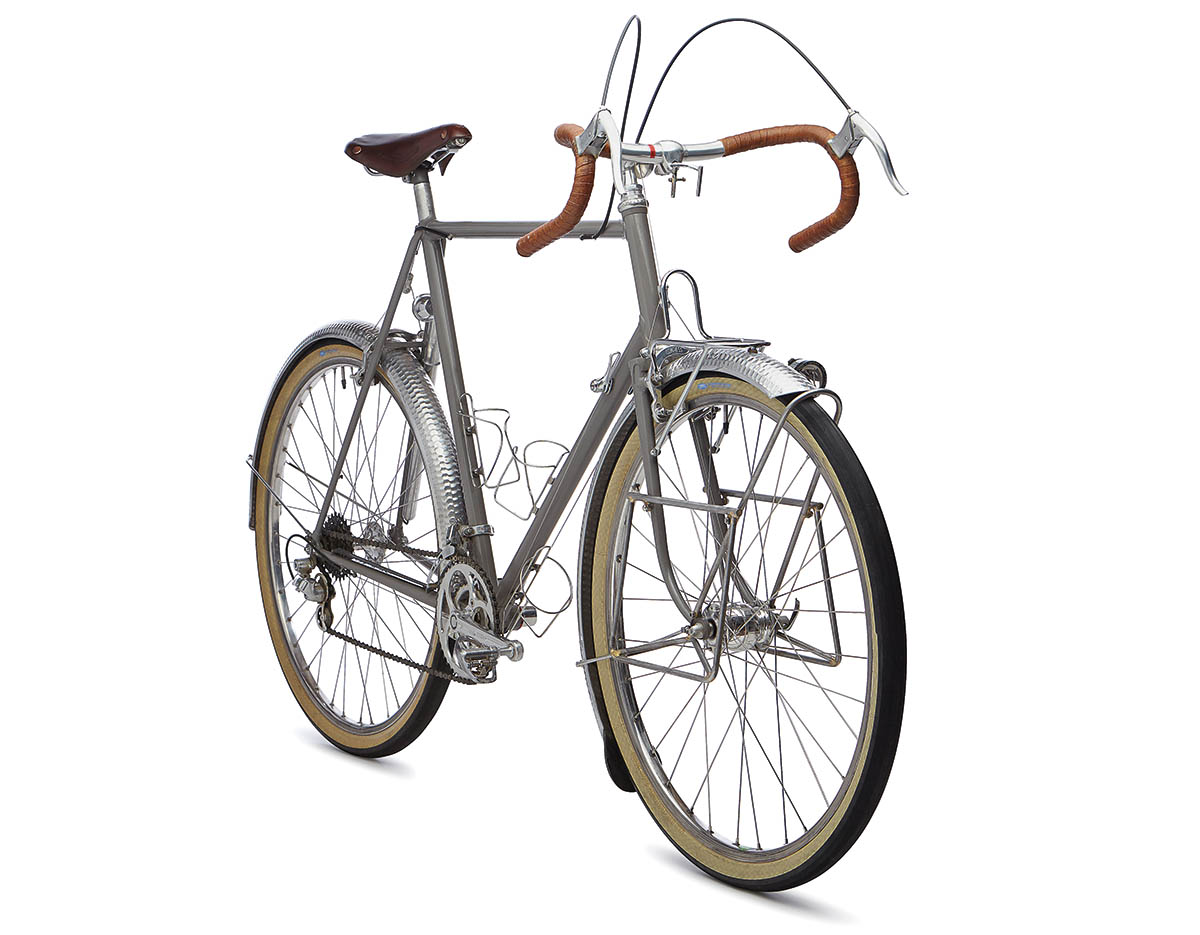
Steel is easy to machine, which helps when making dropouts, braze-ons and other parts. Pump pegs and braze-ons for centerpull brakes are readily available in steel. Making those parts out of titanium isn’t as easy as it sounds.
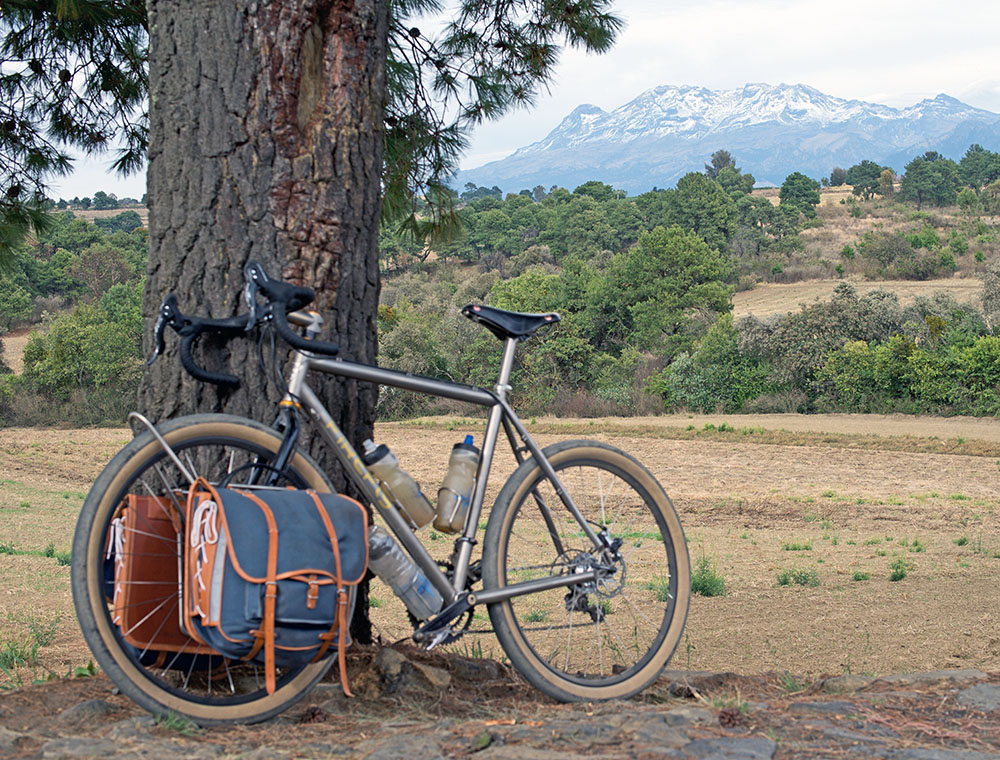
What about the weight and performance of the frame itself? Titanium, steel and aluminum all have the same stiffness-to-weight ratio. Titanium weighs half as much as steel and is half as stiff. For aluminum, it’s 1/3.
If you made frames from each material, with the same tubing diameters and the same stiffness, you’d get three frames that weigh the same. The titanium tubes would have walls that are twice as thick, the walls of the aluminum tubes would be three times as thick.
In the real world, titanium frames tend to be lighter than steel. They use larger-diameter tubes with thinner walls, which require less material to obtain the same stiffness. However, you can make the walls of a frame tube only so thin before the tube risks buckling, denting or cracking. That is the limit with steel – remember that for the same stiffness, a steel tube’s walls will be only half as thick as those of a titanium tube. If you wanted to make a steel frame that is as light as the best titanium frames, the tubing walls would get too thin. So you keep the tube diameter smaller, with the result that the frame weighs a little more.
The weight advantage of titanium frames is smaller than you might expect. Remember that the frame makes up only 20% of a bike’s weight. And once you factor in the rider’s weight, the weight advantage of a titanium bike practically disappears.

Carbon can be even lighter and stiffer. The down side of most carbon frames is that they are made in molds. If you want to change something, you have to make a new mold. That makes it almost impossible to fine-tune the ride characteristics to your preferences. Carbon also works best in uninterrupted shapes. That means it’s not so easy to install braze-ons for racks and other parts that feed significant point loads into the frame or fork. Carbon also tends to be more fragile. Where a metal tube may at worst dent in a fall, carbon often cracks.
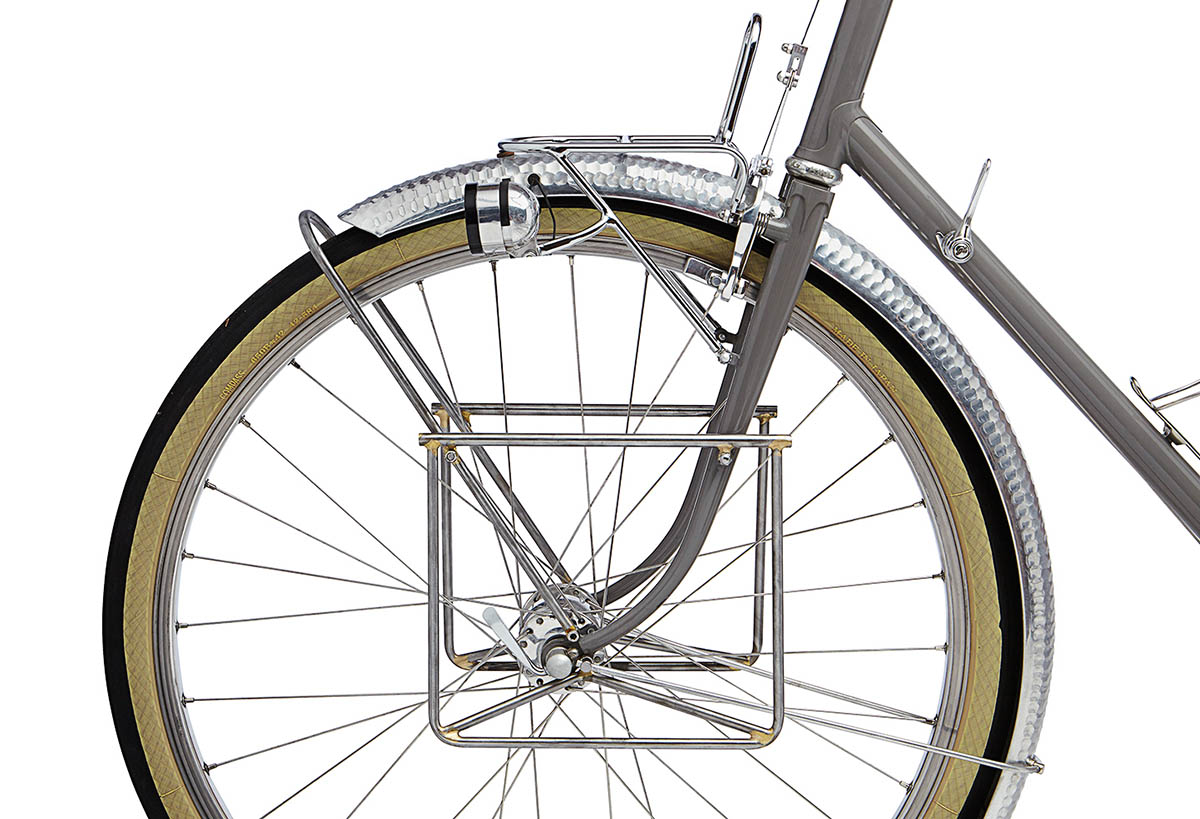
For forks, steel and carbon are the only materials that are commonly used today. Most carbon forks are made in molds, so if you want a different geometry, you need a new (and expensive) mold. None of the carbon forks available today have enough offset for a low-trail bike. With steel, you just rake the fork blades a little further. That is why my titanium bike has a steel fork – I wanted to get a geometry optimized for wide tires. Every time I carve into a turn during a steep, twisty descent, I am glad about the precise handling this allows.
Steel also has a longer fatigue life than carbon, which means you can make smaller-diameter fork blades that flex and absorb shocks. If a carbon fork flexed as much as our Kaisei “TOEI Special” fork blades (above), the carbon layers soon would delaminate, and the fork would fail. To be durable, carbon forks have to be relatively stiff. That transmits more shocks to the handlebars, making the bike less pleasant to ride on rough roads.

What about the performance of a steel bike? We’ve tested our steel bikes against the best titanium and carbon bikes. We expected the steel bikes to be a little slower, but we were surprised: The best bikes’ performances were indistinguishable. (And quite a few titanium and carbon bikes actually were slower, because their flex characteristics didn’t work as well with our pedal strokes.)
One carbon bike was a tiny bit faster up a steep hill, because it was lighter. Once we equalized the weights of the bikes, their performance was the same. The extra weight of our bikes came mostly from the fenders, lights and rack. The frame tubes themselves don’t actually weigh that much. We added two full water bottles to the carbon bike, and it was as heavy as the steel bikes.
We aren’t the only ones who’ve rediscovered steel. I was surprised when I recently heard about Global Cycling Network’s new “dream bike”. The frame is made from steel, and they absolutely love it. Click on the video below to watch their first ride on the steel machine.
It’s important to remember that these steel bikes are true high-performance machines. They have little in common with most production steel bikes available today, which are mid-priced bikes that make little pretense to performance. Made from sturdy tubing, these bikes often are very stiff and don’t exhibit the “lively” feel that makes the best bikes perform so well.
Great bikes can be made from many materials. My titanium Firefly and my steel René Herse both feel remarkably similar in how they respond to my pedal strokes – and both are worlds apart from most steel production bikes.

The bikes we love and ride are handbuilt from ultra-thinwall tubing in carefully selected diameters and wall thicknesses. They incorporate things like dropouts with built-in connectors for the generator lighting. Their racks are custom-built for ultimate strength, stiffness and light weight. Their cranks have low tread (Q factor) for optimum pedaling efficiency, yet we can run wide tires. There is a lot that goes into making a great bike. When it comes to our most challenging adventures, we usually choose our steel bikes, because they are no-compromise machines designed to perform under all conditions that we may encounter on the “road”.
This isn’t to say that the other materials cannot be used to make great bikes. Some day, somebody will make a fully integrated “real-world” bike from titanium or carbon, maybe even bamboo. It’ll match the performance of our steel bikes, but it won’t do anything significantly better. It’ll be cool because it’s different. If it’s made from titanium, it won’t dent as easily as our steel bikes. If it’s made from carbon, you can bring an extra water bottle without a weight penalty. Such a bike will probably cost significantly more than our steel bikes (which aren’t cheap by any means!). I really look forward to riding that bike when it becomes available, but I doubt it’ll start a revolution that makes our steel bikes obsolete.
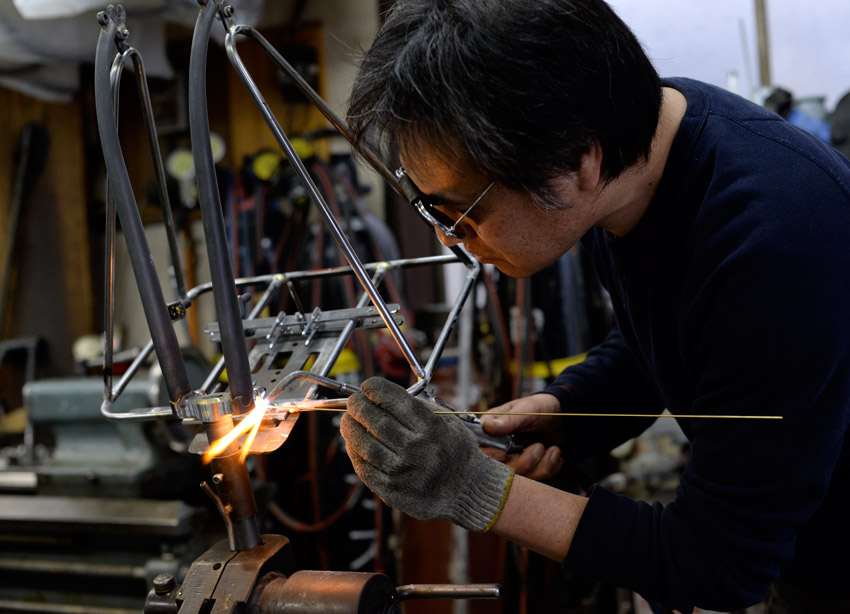
The biggest problem with steel bikes is that the truly great ones aren’t easily available. You have to order one from a custom builder. That is a bit more difficult than going to a bike shop and picking up a bike. But for us, it’s worth the effort, because a custom bike offers things you cannot get with a production bike. Your bike will be exactly as you want it – with features that no production bike offers. And since you are buying it directly from the maker, it’s surprisingly affordable for something that is truly handcrafted to the highest specifications.
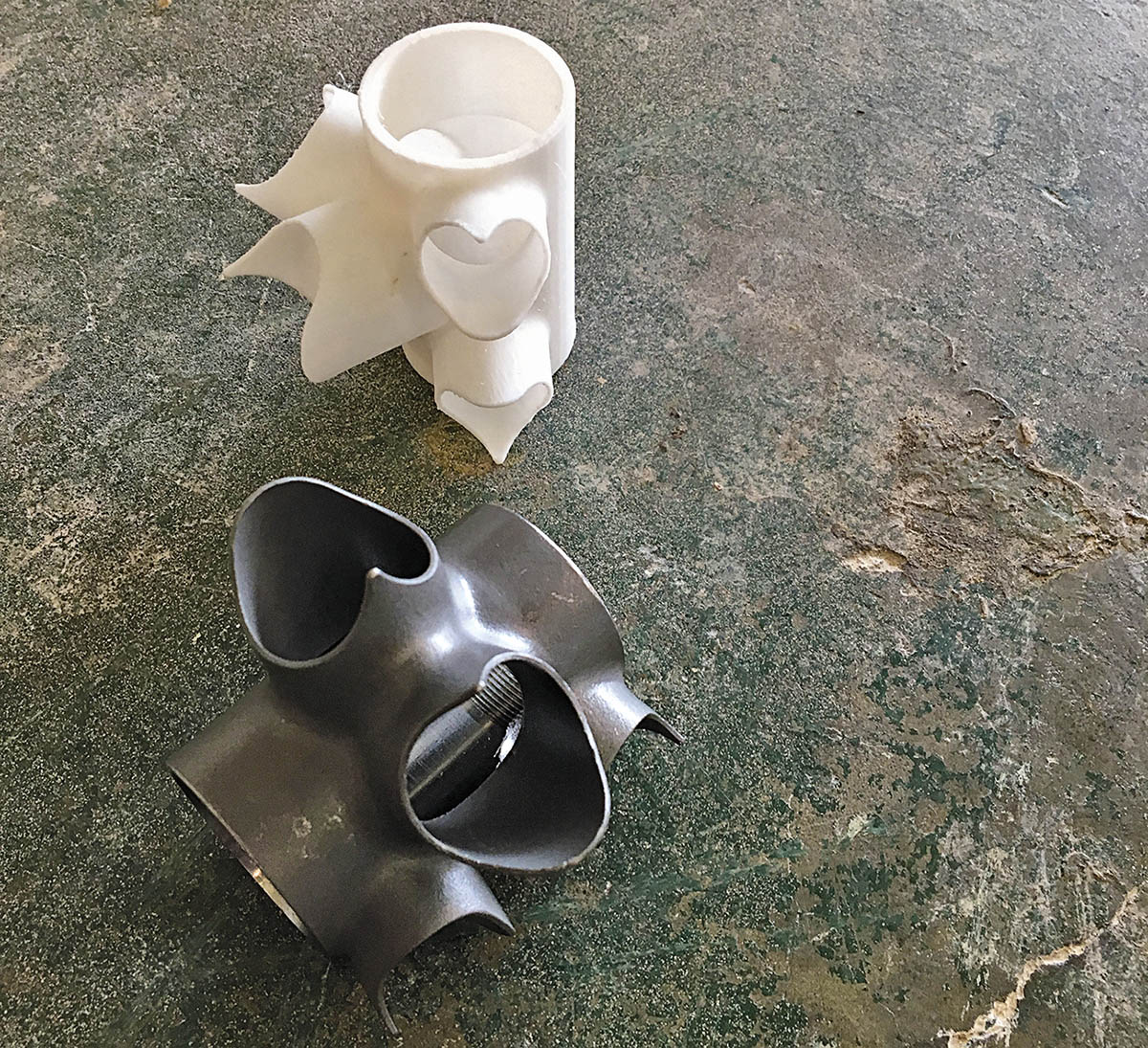
Compass offers custom builders a variety of framebuilding parts, like fork crowns, braze-ons, and – soon – a bottom bracket shell specially designed for wide tires (prototypes shown above). We are also adding high-quality frame tubing to our selection. Fewer makers offer frame tubing for bicycles these days, because demand for steel bikes is not as high as it once was.
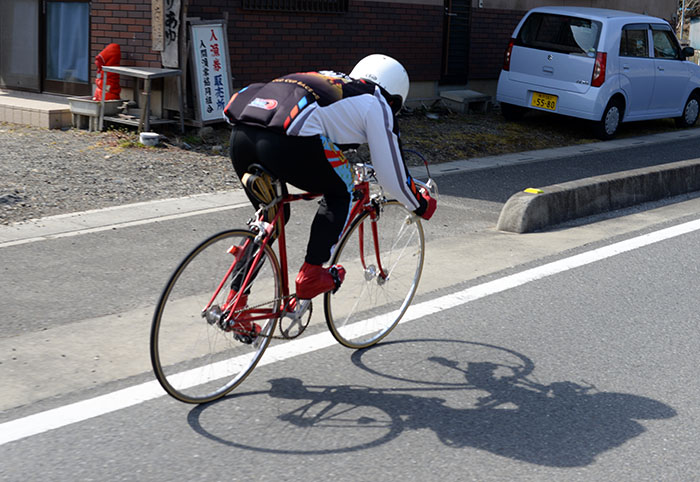 One place where steel bicycles are still made in large numbers is Japan. Japan’s more than 2000 Keirin racers ride steel bikes, and that creates a significant demand. Many of these bikes are made from Kaisei tubing, which is chosen for its excellent quality. Keirin racers are not allowed to change bikes during a weekend of racing. If their frame breaks, they are out of the races. And since they live off prize and starting money, that is something to be avoided at all costs. So everything about their bikes has to be absolutely top quality.
One place where steel bicycles are still made in large numbers is Japan. Japan’s more than 2000 Keirin racers ride steel bikes, and that creates a significant demand. Many of these bikes are made from Kaisei tubing, which is chosen for its excellent quality. Keirin racers are not allowed to change bikes during a weekend of racing. If their frame breaks, they are out of the races. And since they live off prize and starting money, that is something to be avoided at all costs. So everything about their bikes has to be absolutely top quality.

In the past, Kaisei tubing was difficult to get outside Japan, and the tube lengths were optimized for smaller frames built for Japanese racers (who tend to be less tall than many westerners.) That is why you may never have heard of Kaisei despite its excellent track record. My Urban Bike (above) is made from Kaisei tubing, and it’s held up great over a decade of really hard service.
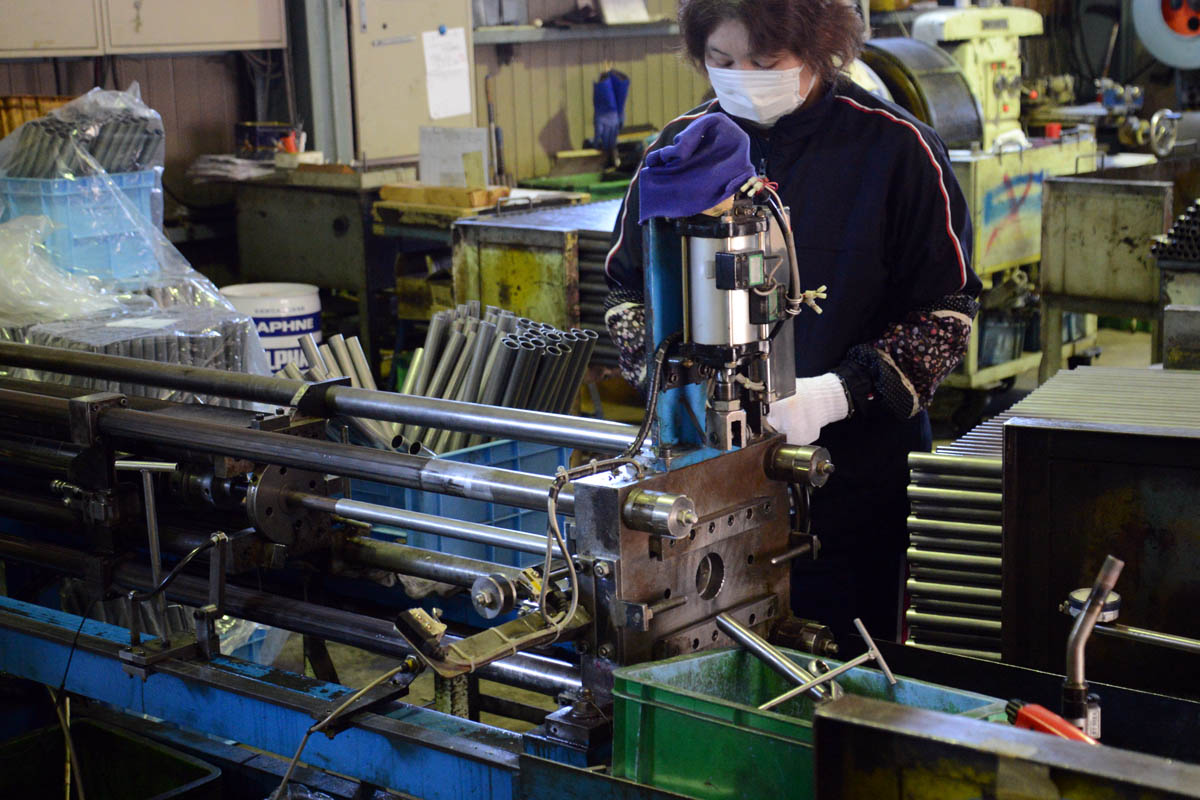
Starting this summer, Compass Cycles will distribute Kaisei tubing. When we visited their factory (above their tube butting machine), we were really impressed with the quality of their tubing. We have worked with Kaisei to offer tubes with longer unbutted center sections that are designed for larger frames, in addition to their existing tubes. We will offer a large selection of Kaisei tubing in standard and oversize diameters, with ultra-thin walls (0.7-0.4-0.7 mm) that we use on our own steel bikes.
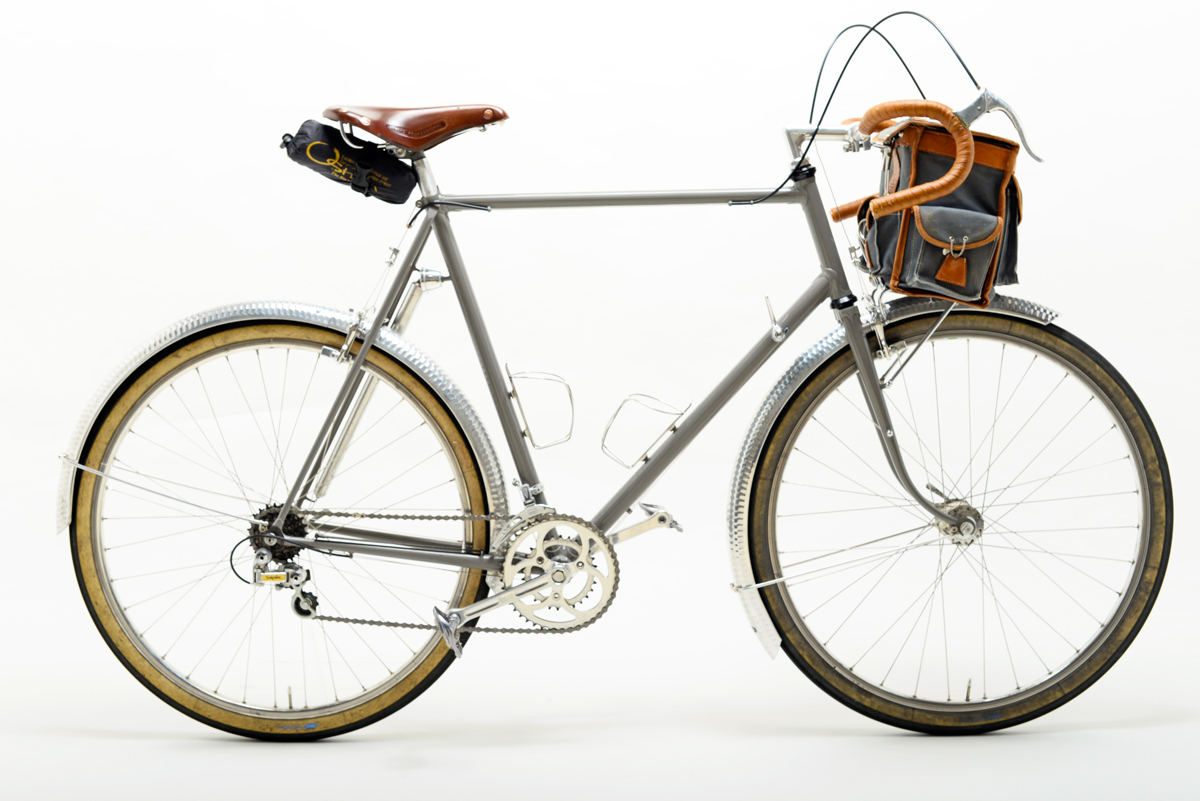
We’ve found that when you want the very best performance in every way, a custom steel bike is hard to beat. Our goal is to provide what your builder needs to make one of these exceptional bikes for you!
Click here to find out more about Compass framebuilding supplies.


